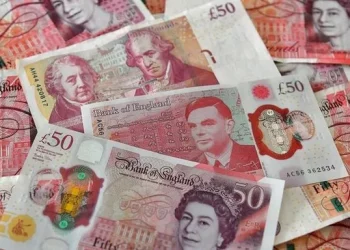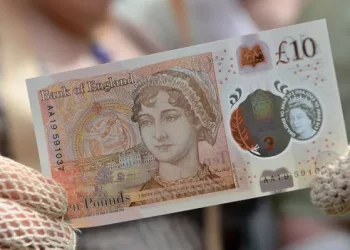The Japanese Yen (JPY) has attracted buying interest during the Asian session on Monday, halting a nearly week-long downtrend that had emerged following a multi-month high against the US Dollar (USD) last week. Mixed signals from the US and China regarding trade talks have tempered optimism about a swift resolution of the trade conflict between the two largest economies, driving safe-haven flows into the Yen. Additionally, growing expectations of a US-Japan trade deal continue to provide support for the JPY.
Despite this, market participants have pushed back expectations for an immediate interest rate hike by the Bank of Japan (BoJ) due to economic risks posed by US tariffs. This uncertainty could limit the bullish momentum for the Yen. However, signs of broadening inflation in Japan leave room for potential rate hikes by the BoJ in 2025, marking a stark contrast to the Federal Reserve’s expected rate cuts, which continue to weigh on the US Dollar and support the lower-yielding JPY.
US-China Trade Talks Slow, US-Japan Trade Deal Hopes Persist
US Treasury Secretary Scott Bessent’s comments on Sunday added further uncertainty to the US-China trade situation. He stated that he was unsure whether US President Donald Trump had engaged in discussions with Chinese President Xi Jinping, and though he had spoken to Chinese counterparts, he did not mention tariffs. Meanwhile, China has repeatedly denied engaging in any ongoing trade negotiations with the US. This lack of progress on trade talks continues to support the safe-haven appeal of the JPY.
At the same time, Japan’s Vice Finance Minister for International Affairs, Atsushi Mimura, denied reports suggesting that Bessent had told Japanese Finance Minister Katsunobu Kato that a weak US Dollar and strong JPY were desirable. However, Bessent’s statement that he had constructive discussions with Japanese officials has fueled optimism about a potential US-Japan trade deal, which remains another positive factor for the Yen.
BoJ Expected to Tread Cautiously Amid Economic Risks
Despite persistent inflation above the BoJ’s 2% target for the third consecutive year and strong wage growth, the central bank is expected to hold off on further rate hikes in its policy meeting this week due to concerns that new US tariffs could shave off 0.5% from Japan’s GDP. Inflation and wage pressures, however, leave room for the BoJ to tighten its policy in 2025, which could contribute to further JPY strength in the medium term.
In contrast, traders are increasingly betting that the Federal Reserve will resume its rate-cutting cycle in June, potentially lowering borrowing costs by a full percentage point by the end of this year. This divergence in monetary policy expectations between the BoJ and the Fed continues to weigh on the USD and supports the JPY.
Geopolitical Risks Add to JPY’s Safe-Haven Appeal
Geopolitical tensions also remain in focus, with North Korea confirming on Monday that it has sent troops to fight for Russia in Ukraine. US Secretary of State Marco Rubio indicated that the US might abandon its efforts to broker a deal if no progress is made between Russia and Ukraine. These geopolitical risks, combined with the diverging monetary policy outlooks for the BoJ and the Fed, further reinforce the Yen’s appeal as a safe-haven currency.
Technical Outlook for USD/JPY: Immediate Support and Resistance Levels
The USD/JPY pair is facing potential weakness below the 143.00 mark, with immediate support at the 23.6% Fibonacci retracement level of the March-April decline. A sustained move below this level could attract dip-buyers near the 142.60 area, providing support at the 142.25 zone. A further slide beneath this support could expose the USD/JPY pair to additional downside toward the mid-141.00s, possibly testing the 141.10-141.00 region, with the psychological 140.00 mark coming into focus.
On the upside, the 100-period Simple Moving Average (SMA) on the 4-hour chart will be a key level to watch. A sustained break above this resistance could trigger a stronger bullish momentum, with the next key resistance near the 144.00 area and a more significant hurdle at the 38.2% Fibonacci retracement level at 144.35. If the pair moves beyond these levels, it could open the path for further upside toward the 145.00 region. However, caution is warranted as daily indicators have yet to confirm a bullish shift, suggesting that the market remains uncertain in the near term.
Related Topics:
























